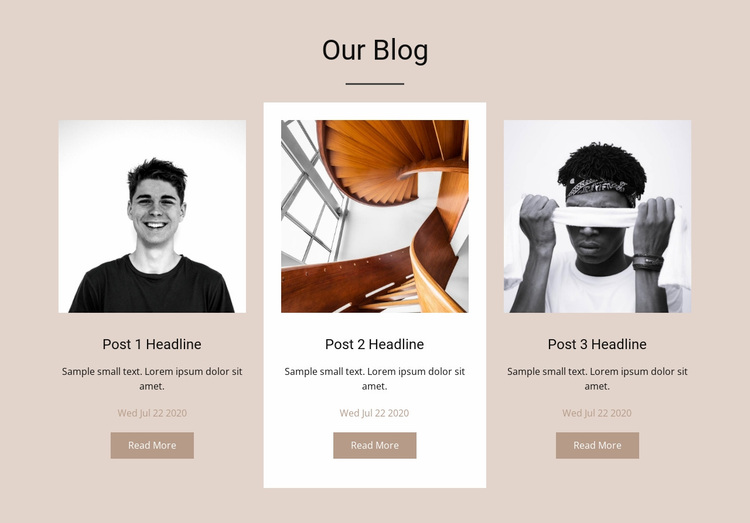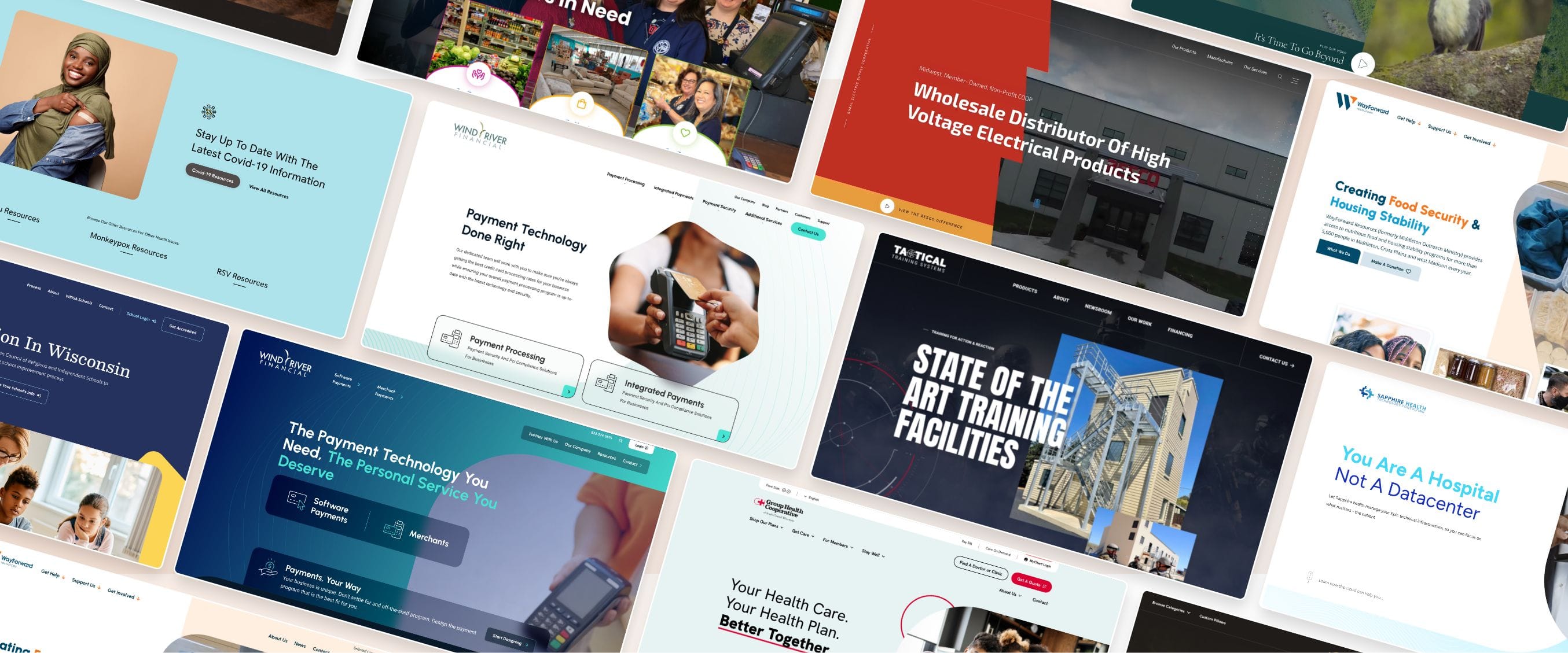Creative Website Design with Focus on SEO
Creative Website Design with Focus on SEO
Blog Article
Top Tips for Developing an Impactful Website Layout That Transforms
To attain this, one should take into consideration a selection of variables, consisting of comprehending the target audience, prioritizing individual experience, and optimizing for mobile systems. The critical use of engaging call-to-actions and a well-defined visual hierarchy plays an important role in guiding users with their trip.

Understand Your Target Market
Recognizing your target audience is fundamental to reliable website design, as it lays the foundation for developing an interesting user experience. Determining who your individuals are, including their demographics, preferences, and actions, makes it possible for designers to tailor the internet site's content, format, and capability to meet details demands.
Conducting thorough marketing research is important in this procedure. Studies, meetings, and analytics can supply valuable insights right into individual assumptions and discomfort factors. By compiling this data, developers can create customer identities that represent various segments of the audience, making sure that design decisions are informed and pertinent.
Moreover, comprehending the target market aids in choosing proper design aspects such as shade schemes, typography, and images that reverberate with users. A website that speaks directly to its audience fosters a sense of link and trust, encouraging longer visits and greater conversion prices.
Inevitably, a user-centered strategy to site layout not only improves customer satisfaction yet also supports business objectives by driving interaction and commitment. By focusing on the needs and choices of the target market, a web site can effectively offer its objective and attain desired results.
Prioritize Individual Experience
To enhance the total efficiency of an internet site, prioritizing individual experience (UX) is important (Website Design). A well-designed UX makes certain that site visitors can browse the website effortlessly, find info rapidly, and involve with material meaningfully. This brings about increased customer contentment and higher conversion prices
Begin by executing user-friendly navigating. Menus should be rationally structured, allowing individuals to situate essential areas of the website with minimal effort. Uniformity in design components, such as color pattern and typefaces, fosters familiarity, which is vital for keeping individual interaction.
Furthermore, think about the loading rate of your website. A delay of just a few seconds can cause substantial drop-offs, as users are less likely to wait on a slow-loading web page. Simplifying pictures and optimizing code can improve efficiency and retain visitors.
Additionally, quality in content discussion is important. Use succinct, appealing language and damage up text with visuals to improve readability. By prioritizing user experience, you not only produce an extra enjoyable atmosphere for site visitors however additionally reinforce your brand name's credibility. Eventually, a concentrate on UX is an investment in the lasting success of your website.
Enhance for Mobile Instruments
Maximizing for mobile phones is important in today's digital landscape, where a boosting variety of individuals gain access to web sites with smartphones and tablets. A mobile-friendly layout not only enhances customer experience but also plays a considerable duty in enhancing search engine rankings. To attain this, it is necessary to adopt a responsive style that instantly readjusts to various display sizes and orientations.

Filling rate is an additional vital element; mobile customers are normally less individual and expect fast accessibility to information. By focusing on mobile optimization, you guarantee that your web site continues to be affordable and successfully involves a wider audience.
Usage Engaging Call-to-Actions
A site's effectiveness typically depends upon its capability to direct site visitors towards desired activities, making compelling call-to-actions (CTAs) vital components of design. CTAs offer as the critical points that direct users to engage with the site, whether that implies buying, signing up for an e-newsletter, or downloading and install a source.
To produce reliable CTAs, clearness is extremely important. Use concise language that clearly interacts the activity you desire the customer to take.
Additionally, the layout of CTAs need to stick out without being interfering. Utilize contrasting colors and clear fonts to ensure they capture interest. Additionally, consider making use of directional hints, such as arrowheads or photos, to assist customers towards these buttons. By focusing on these elements, organizations can significantly improve user involvement, driving conversions and ultimately achieving their site's objectives.
Emphasis on Visual Power Structure
Reliable site layout depends heavily on a well-structured visual hierarchy that overviews users with web content seamlessly. By arranging elements in a manner that prioritizes information, developers can boost individual experience and assist in decision-making. This involves making use of dimension, shade, contrast, and spacing strategically to attract attention to one of the most Source critical elements of a page.
The use of bigger typefaces for headings and subheadings develops a clear difference in between various sections, permitting customers to check material effortlessly. Furthermore, utilizing contrasting shades for buttons and calls-to-action can capture customer focus and urge communication. Whitespace is an additional vital part; it avoids mess and makes it possible for users to concentrate on crucial messages without interruptions.
Photos and graphics should enhance the message while likewise adhering to the well-known power structure, enhancing the total message (Website Design). Uniformity in design elements, such as shade plans and typography, additional strengthens the visual hierarchy, making navigation user-friendly

Conclusion
In verdict, efficient web site layout requires a thorough understanding of the target market, prioritization of user experience, and mobile optimization. The strategic use compelling call-to-actions and a distinct aesthetic pecking order even more improves individual involvement. By applying these concepts, websites can attain greater conversion rates, ensuring that style aspects not only attract visitors but likewise help with smooth navigation and interaction. Eventually, a well-executed website layout works as a critical element in driving individual actions and accomplishing company objectives.
Report this page